What makes a cult movie? Something unique, out-of-the-box ideas and innovative ways of story-telling clubbed together by a genius director that had a strange way of being attractive to the masses? Or something that has set the benchmark in filmmaking and inspired several other creators to follow suit? When Jonathan Nolan pitched the plot of ‘Memento Mori’ to his brother Christopher, the latter smelled the ingredients of something very unique and decided to roll over the cameras. But while composing the screenplay for the movie, Christopher added his own creative genius and when ‘Memento’ was released in 2000, the entire film fraternity sat up and watched the brilliance unfold itself on the silver screen. 19 years later, this film still remains fresh, no matter how many times you watch it.
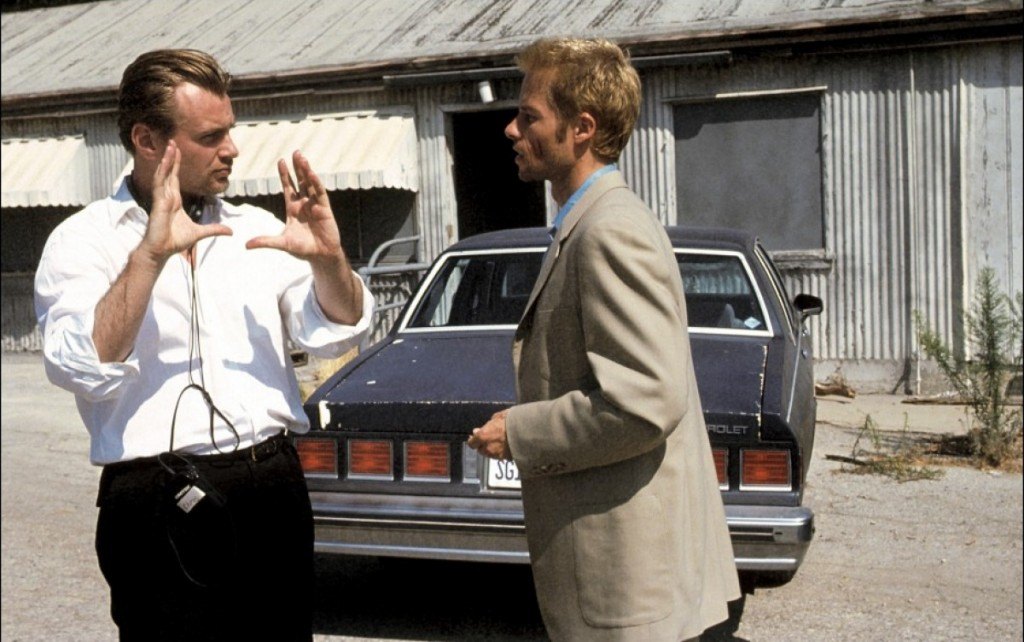
Christopher Nolan’s latter films are all overridden with scientific elements, and with the constraint of budget gone, he has been able to showcase his vivid imagination more clearly. ‘Following’ in 1998 and ‘Memento’ in 2000 were his earlier films and the purse wasn’t quite loose enough. Creativity isn’t expensive and Nolan has proven that with his ‘cult-status’ film in 2000. Jonathan’s story about a man with anterograde amnesia looking for his wife’s killer and using several unique methods to keep track of the timeline was a fresh and challenging plotline in itself. If made in the straight, old-fashioned way, it would have caught attention, although perhaps not in the same way. When Christopher introduced the dual timelines concept in the screenplay, it was the beginning of something hitherto unseen in the cinematic world.
Dual Timelines
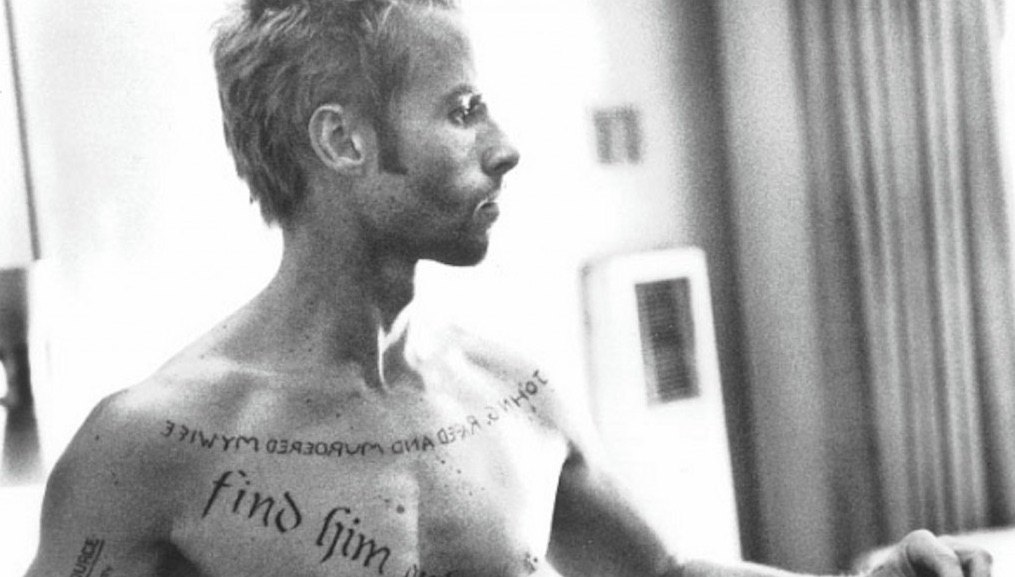
The film begins with the climax of the story, the murder of a man called Teddy in an abandoned warehouse. From that moment onwards, the story of the protagonist is told in two ways. The color shots go backward from the present scene, while the black–and–white shots commencing from the moment he wakes up lost in a motel room go in the forward direction. Eventually, both lines meet and come back to the warehouse, setting up a climax that makes the watchers all sit up and take notice. Even if some director had managed to conjure up such a bizarre way of telling the story, it’s highly doubtful he/she could come up with this alternate way of mixing up monochrome and color. This is why Christopher Nolan is so different; he throws away the obvious under the bus so easily.
Who is Leonard Shelby?
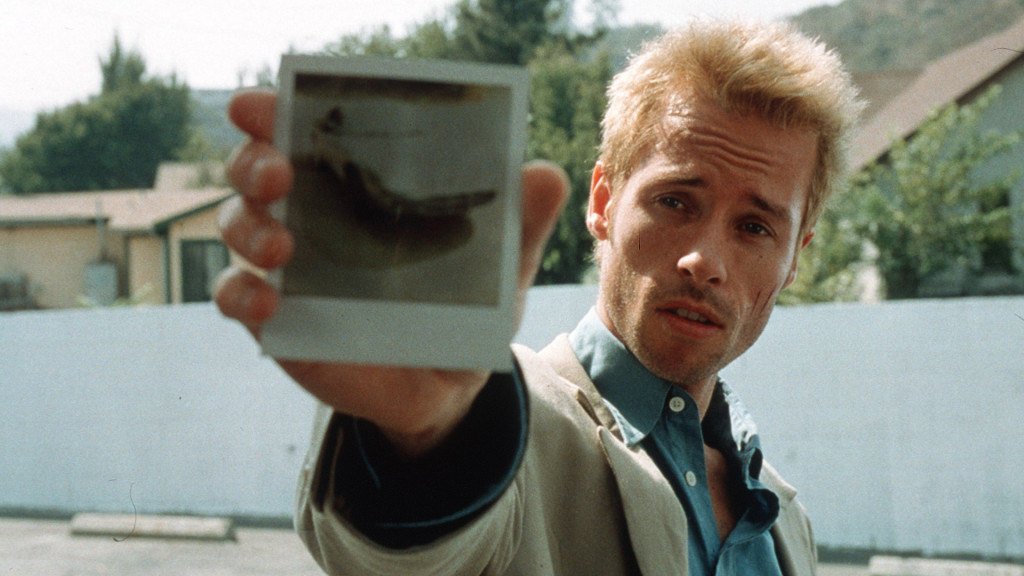
Leonard Shelby is one interesting personality, an erstwhile insurance investigator now using his trade skills to track down the man who had raped and murdered his wife. His disease, however, prevents the flawless execution of his skills in this mission. With his capacity to form new memories stolen after the horrible incident, Shelby resorts to an intricate system of staying within the boundaries of the present timeline. Using a set of body tattoos and Polaroid photographs with hand-written notes, Shelby keeps a tab on the new people he is meeting and the incidents that occur during his mission. He is troubled naturally, but the desire for vengeance keeps him alive throughout.
The last memories of his wife being killed heinously and himself getting injured during the rescue attempt keep him alive, and he consciously narrates his troubles to Teddy, the policeman, and Natalie, who seemingly are willing to help him out of this distress. The search for ‘John G’, the name of the murdered Shelby remembers, isn’t made easy with their help, though, for both have some sinister selfish plans, which the seeker’s anterograde amnesia makes it suitable to be executed through him.
Teddy, or John Gammell, as he reveals later, is a corrupt cop, whose very appearance gives the impression of something deeper cooking in his head. He looks very much like a character stepped out from the reels of a Martin Scorsese neo-noir, and the audience gets the gut feeling that he is up to no good. The beautiful bartender, Natalie, however, has the persona of a caregiver, someone who is hurt and alone and would go out of her way to help the innocent. Her character, too, takes a dramatic twist and reveals her importance to the game.
The Ending
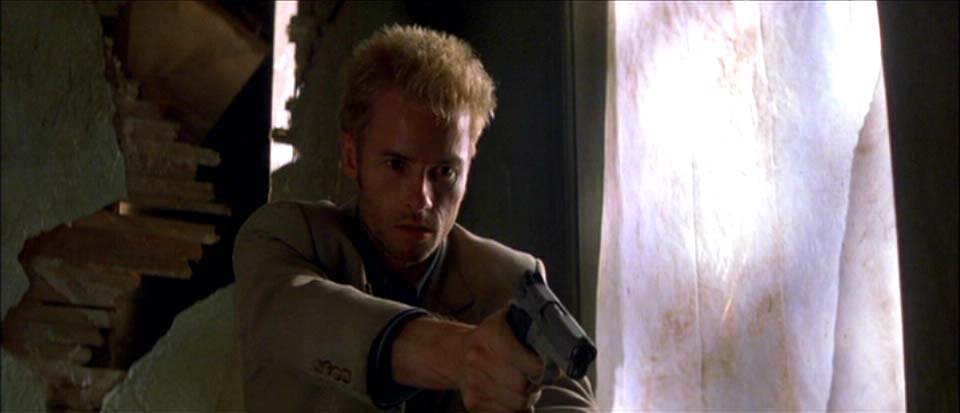
The climax of the film (not the story’s climax) lies among the very best. Christopher Nolan keeps it open to several possibilities and asks the audience to form their own conclusions. There is a debate between Teddy’s theories and Leonard Shelby’s about the existence of John G, the elusive criminal. While Leonard thinks that killing Jimmy Grant has solved the problem, Teddy is of the opinion that the thirst for vengeance drives Leonard into finding several ‘John G’s and executing them, even though the original criminal died at his hands a year ago. The condition of Leonard makes Teddy’s theory almost believable but the character of Teddy as mentioned above, makes it impossible for the audience or even Leonard to place his full trust in his words.
The character of Sammy Jankins, a former subject of investigation for Leonard during his days with the insurance company, served as a mysterious subplot throughout the story. Sammy, too, was suffering from anterograde amnesia as a result of an accident, and Leonard had summed it up as a mental, not physical, affliction, making Sammy unworthy of the insurance claim. The memory of this man drives him throughout, and when Teddy reveals Sammy to be a figment of Shelby’s imagination, the pieces somehow remain loosely fit. Leonard refuses to believe Teddy’s story and marks him as the ‘John G’ he wants to kill. Is the ending the finale, or is it the other way around?
The Confusion
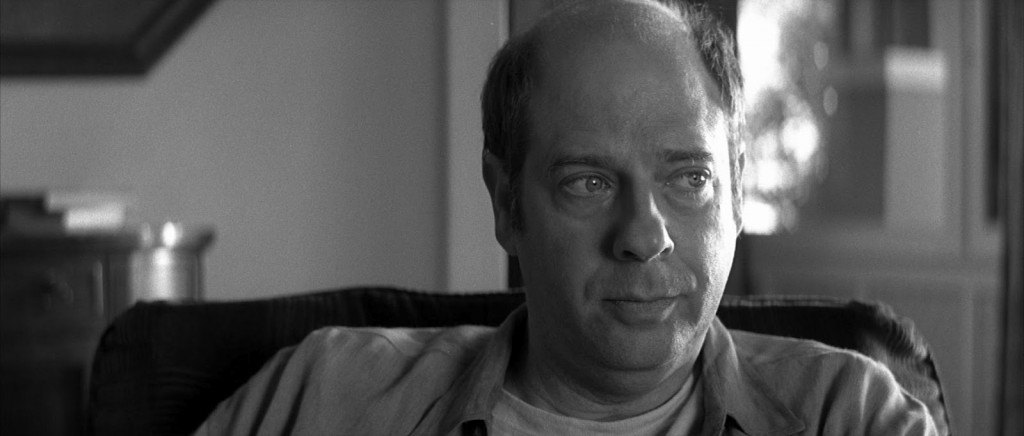
It would be a blasphemy to mark just one of the many possibilities as the correct one. It could all be a ruse to confuse Leonard’s mind even further, take advantage of his situation, and force him to commit crimes, which normally the puppeteer couldn’t do. It is really hard to believe that a cop would assist a mentally unstable person in his quest for revenge and stick with him through the suspicions and tantrums. Since Leonard remembers everything before his wife’s murder, it is hard to assume that he would forget that his wife had diabetes and was killed with an overdose of insulin.
Again, if such a thing had happened actually, then the condition of Leonard was even more severe, as a traumatic shock had ruined the actual memory and forced him to graft out an acceptable version of the events. The audience is left dazed and confused. It depends entirely on the perception of the viewer how the conclusion will be drawn. Perhaps that is the magic of ‘Memento’ and I certainly wouldn’t want to assert my own opinion on the others. Like Roger Ebert famously remarked after watching this film, ‘Confusion is a state we are intended to be in’.
The Performances
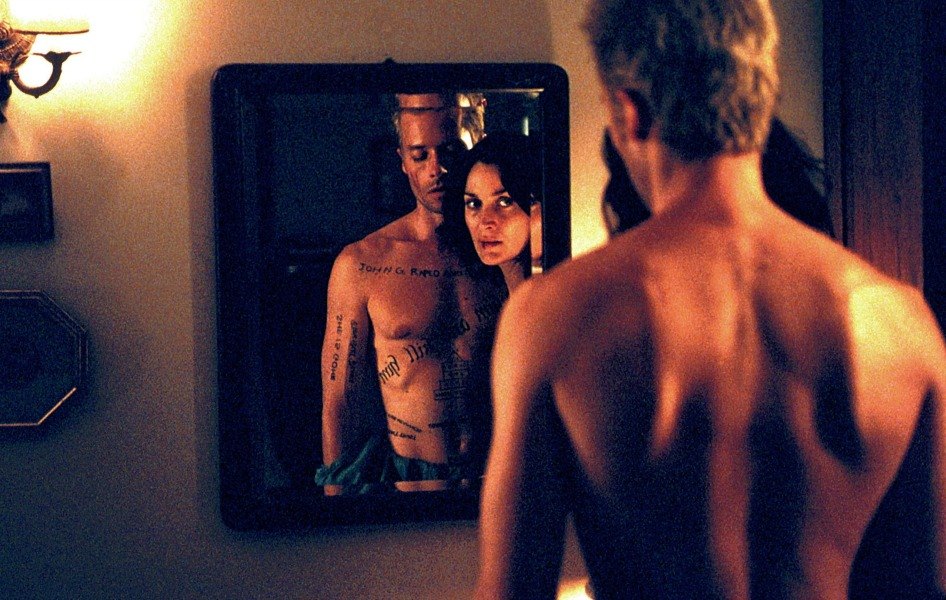
Guy Pearce’s earnest performance as the amnesic hunting down his wife’s killer helps put over the character of Leonard Shelby. He is straight-faced and never breaks out a smile in those impassive jaws. The haunting look he carries throughout the entire movie feels chillingly real. Guy Pearce wasn’t an A-list actor before ‘Memento’, and this superb performance took him into the club of élite actors who took their roles seriously. Joe Pantoliano was famous after the ‘Matrix Trilogy’ and had a history of villainous roles behind him. However, Teddy is never the outright villain in this film, and Joe brings in the level of subtlety that Nolan desperately needs in this film. The duo, along with Carrie-Anne Moss as Natalie, proved to be a shrewd casting choice, and valuable resources weren’t wasted on bringing in A-list celebrities who have so very little to offer at times.
Final Word
‘Memento’ is one serious twisting ride that takes the viewer into a labyrinth and threatens to leave him/her there. It is one of a kind and serves as the benchmark for non-linear storytelling. In the end, it doesn’t matter which theory about the film you believe to be correct; what matters is that the film made you think and engage. That’s what cinema is supposed to achieve. That’s what ‘Memento’ achieves.
Read More: ‘Interstellar’, Explained

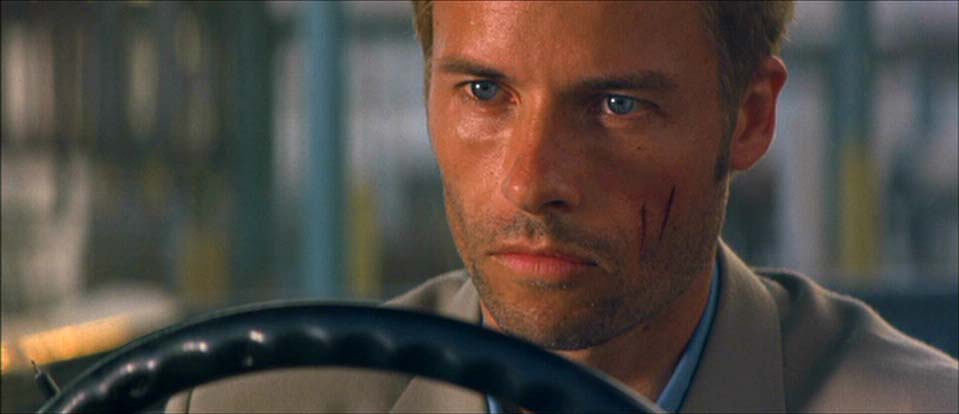
You must be logged in to post a comment.